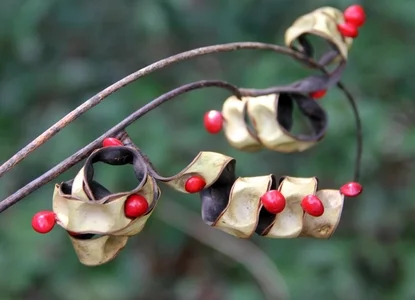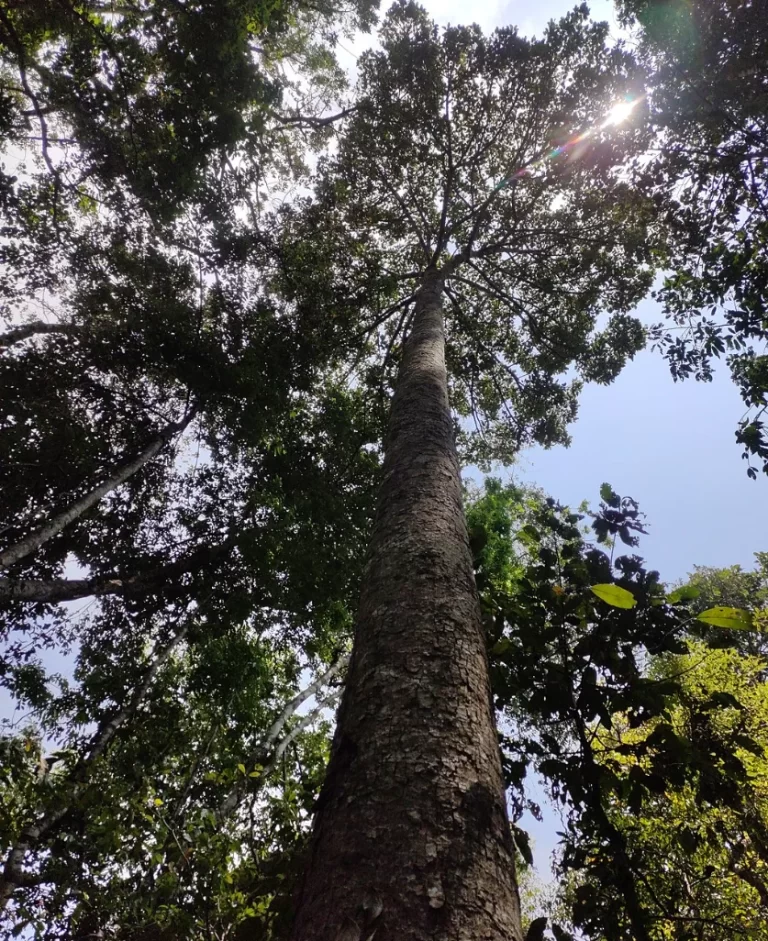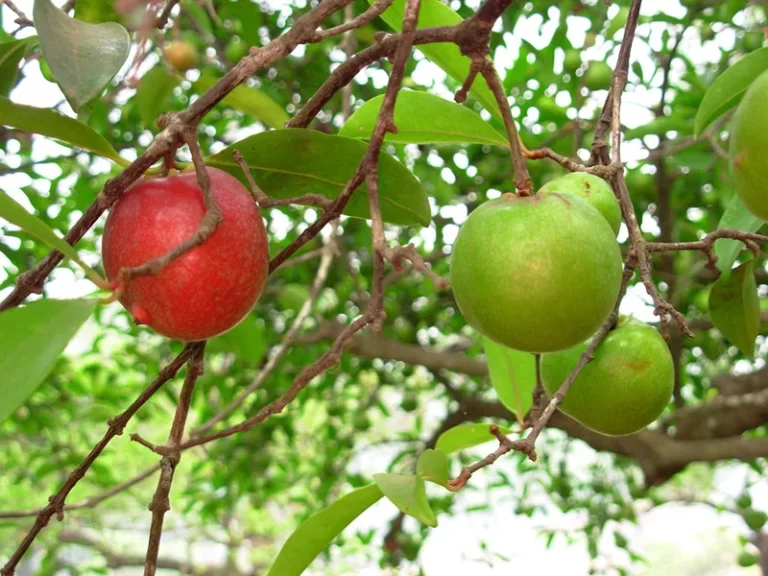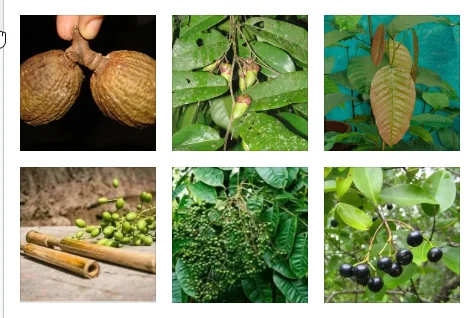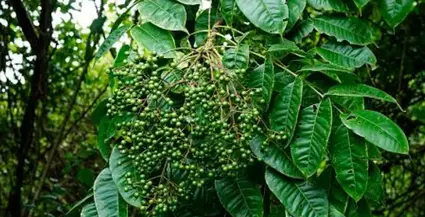Manjotti – Red Lucky Seed
Manjotti (In Tulu) or Dodda Gulagunji (In Kannada) or Adenanthera Pavonina (Botanical Name) is commonly called Red Lucky Seed in English. Other common names for the tree include Acacia Coral, Peacock flower fence, Sandalwood tree, Saga, and Manchadi. The seeds are called Manjadi in Malyalam. In Tamil Nadu the seeds are called Aanai Kundumani. In Maldives the tree is called Madhoshi Ga and the seeds are called Madhoshi. In Tulu the tree is called Manjotti. In Sri Lanka, the tree is called Madatiya in Sinhala. In Kannada, it is called Dodda Gulaganj.
Common Names for Manjotti or Adenanthera Pavonina
Kannada: Mara Manjetti, Dodda Gulaganji.
Malayalam: Manchadi.
Tamil: Ani Kundamani
Telugu: Bandi Gurivenda
Tulu: Manjotti
The tree is fast-growing, with an attractive, spreading canopy that makes it suitable as a shade tree, and for ornamental purposes in large gardens or parks. However, it is also known for producing much litter in the form of leaves, twigs and especially seed pods which crack open while still on the branch, so releasing their seeds, before themselves falling to the ground.
Flowering & Fruiting of Manjotti or Dodda Gulagunji: July – October.
Distribution
India: Western Peninsula. Commonly cultivated in gardens and avenues; run wild. Sri Lanka, China, Malaya islands, Timor and Philippines.
Uses of Majotti or Dodda Gulagunji
The heart wood is red and is used as a substitute for true red sandalwood. The wood is used for building purposes and for cabinet making. Commonly cultivated in gardens and avenues run wild. Seeds used as beads and weights by goldsmiths. Leaf astringent, used in rheumatism, diarrhoea, gout, haemorrhage from the bowels and haematuria; seed anti-inflammatory, anticephalagic, used in boils and prickly heat; decoction of seeds and wood used in pulmonary affection and externally applied in chronic ophthalmia. This tree is useful for nitrogen fixation, and it is often cultivated for forage, as an ornamental garden plant or urban tree, and as a medicinal plant. For example, the young leaves can be cooked and eaten. The raw seeds are toxic, but may be eaten when cooked.
Go to Tulu News Page to read more about Tulu Nadu News, Events etc.
Go to Our Partner Website to book Self Drive Cars to drive in Mangalore, Udupi and Kasargod

